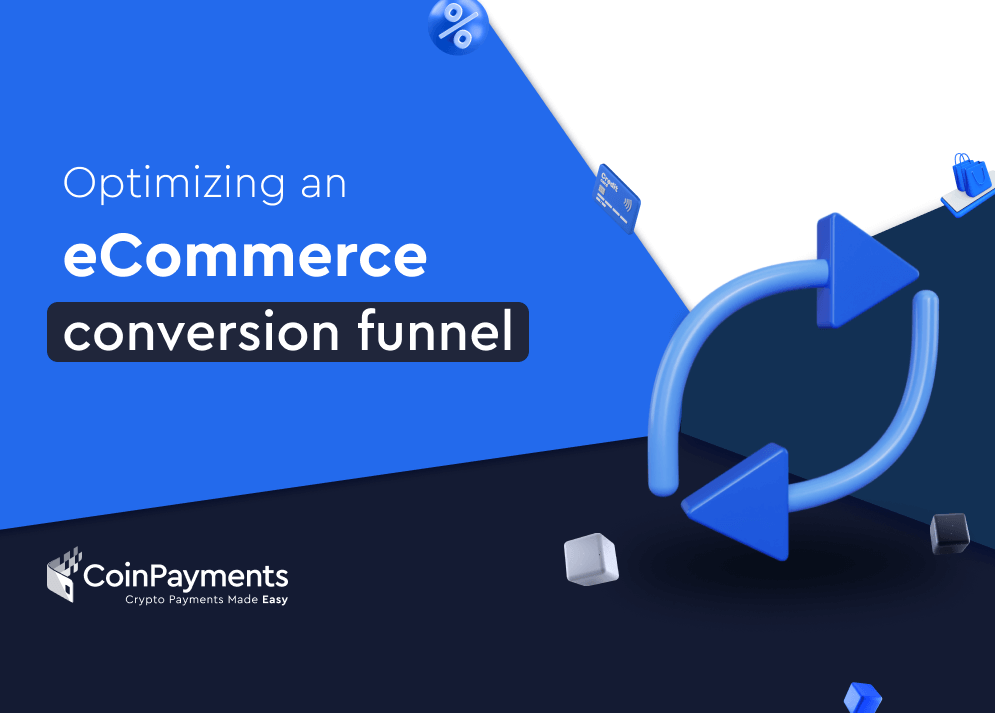
If you operate an eCommerce business, you need to understand the importance and stages of eCommerce conversion funnels. eCommerce conversion funnels are valuable visualization tools that can help you maximize the profits of your business and streamline the customer journey.
Today, let’s break down how you can optimize an eCommerce conversion funnel in detail.
An eCommerce conversion funnel isn’t that different from a conversion funnel for a retail or in-person business. In a nutshell, a conversion funnel is a metaphor for the “consumer journey.” It describes how people first become aware that they need a product, then purchase the product from a retailer or brand.
In broader terms, the conversion funnel breaks down the route that customers take from learning about your brand to making a purchase. Some versions of the funnel may include customer retention, subscription-based purchases, and more.
Regardless, brand owners need to understand how eCommerce conversion funnels work and why they’re important if they are going to succeed in a competitive marketplace.
If an eCommerce conversion funnel is just a metaphor or way to visualize a consumer journey, why does it matter?
In simple terms, it allows you to maximize the stages of the customer journey. For example, if you break down the conversion funnel for your eCommerce business and find that most customers leave somewhere in the middle, you know that you don’t need to spend more time on marketing. Instead, you need to devote more resources to website navigability or other middle-of-the-funnel elements.
Let’s take a closer look at conversion funnels by breaking down a concrete example:
As you can see from this example, eCommerce conversion funnels offer concrete, practical benefits to businesses.
Now that you understand the benefits of a conversion funnel, let’s take a look at each stage in detail.
The top of the funnel is also the “widest” part. In the funnel analogy, the funnel becomes narrower as consumers go through their journey. This metaphorically represents how — no matter how effective your marketing is — you’ll lose some visitors and target consumers at each stage. This is normal.
Regardless, the top part of the funnel represents consumers becoming aware that they need a product. They may do some basic research and find your brand through certain keywords or through online advertisements. In any event, they arrive at your website via the landing page and start to look around.
In the next stage of an eCommerce conversion funnel, your prospective customer or visitor intends to buy something. Maybe they are impressed with your website design or connect to your brand for another reason.
Your prospective buyer looks around your site and finds the ideal products for their needs. During this phase of the conversion funnel, your products need to be well-designed, thoughtfully laid out, and displayed using attractive pictures and product descriptions to convince people to purchase them.
Some funnel analogies only have one more stage, but most eCommerce business owners find a four-stage funnel to be a better representation of the customer journey.
At the third stage, the customer enters the lower stage of the funnel and puts one or more products into their online shopping cart. At this point, they are almost ready to finalize a purchase. They like your products and brand enough that they are seriously considering spending money at your company.
However, the journey isn’t done. As soon as your customer clicks on the “check out” button, they enter the fourth and final stage of the buying process. This is the most important part of the funnel.
At this stage, your prospective customer inputs their credit card or crypto wallet information and makes a purchase. Still, many factors can dissuade a customer from buying something they’ve already found and liked, such as:
If all goes well, your prospective buyer will become a consumer and exit the funnel at the very bottom with a sale.
An optimized and streamlined eCommerce conversion funnel is a net boon to your business. Fortunately, you can create and optimize an eCommerce conversion funnel by following these steps:
To best use an eCommerce conversion funnel:
KPIs or key performance indicators are important when analyzing and optimizing your eCommerce conversion funnel. Specifically, you should look at:
For your eCommerce brand to thrive, you’ll need to master the conversion funnel and maximize its efficacy over the years to come. You can do a lot for the last age of the funnel — and make it less likely that a customer will abandon their shopping cart — if you start accepting crypto payments.
Not sure where to start? CoinPayments makes it quick and easy to start accepting cryptocurrencies through our crypto payment gateway and merchant tools suite. Plus, signing up just takes a couple of minutes.
Once you get started, you won’t want to go back, especially since accepting crypto can boost one big KPI — your gross profits.
Sign up for CoinPayments today, or contact us if you have other questions about our service!